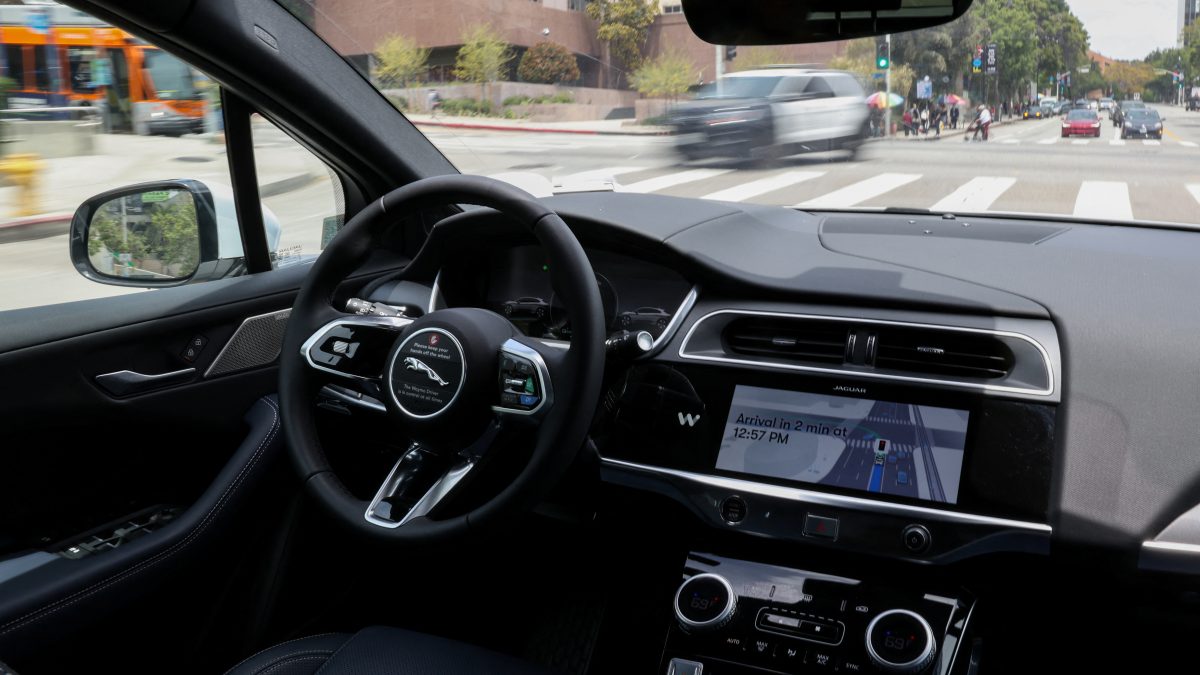We are amidst a connectivity revolution, at the heart of which are connected devices. Whether it is Truly Wireless Stereo (TWS), home appliances or mobility solutions, everyday products are becoming smarter and making human-machine interactions smoother and more effortless.
Increasingly, when affluent consumers want the most cutting-edge product, they expect it to have connectivity – in one form or another built-in because, in addition to being easy to use, such devices grant users control over other connected devices. Case in point, most cutting-edge home appliances and devices have in-built connectivity. Households can control these devices remotely from an app on their smartphone or smartwatch.
Such millions of connected devices across the world never work in isolation. They are part of an ecosystem whose central nervous systems are vast and powerful data centres. Connected devices constantly relay information about their surroundings to such data centres. Powerful processors and data analytics software then take over and analyze shared data to unlock valuable insights.
Hearables are one of the most significant recent advances in the connected devices space.
The Development of Hearables
Hearables are devices that are worn on or inside a human ear. Though small and inconspicuous, hearables are connected devices that, in addition to letting users listen to audio, collect vital information about the human body and send it to data centres for monitoring and processing.
The development of hearables to their current avatar as TWS took years. In their first iteration, hearables were wired headphones that allowed users to listen to music or stream content. Billions of such devices were sold across the world. Soon, wired headphones also came with in-built microphones that allowed users to talk on the phone.
Impact Shorts
More ShortsThough wired headphones remain popular, they have many drawbacks. Since they have a wire, they get tangled and hinder movement when those wearing them walk, run, or engage in even moderate exercise. Also, their looks are drab and uninspiring. For these reasons, the second iteration of hearables came in the form of neckbands. Neckbands – which got their name because they rest on the nape - are wireless hearing devices. They are stylish and offer better sound quality than wired headsets. They also do not hinder movement, making them perfect for those with active lifestyles.
When neckbands were introduced, they won over Indian consumers. Their surge in popularity led to more than 80 brands entering the neckband market in 2022 alone. Yet, like interest in wired earphones, interest in neckbands is beginning to wane. Indian consumers increasingly prefer Truly Wireless Stereo (TWS) over neckbands. Demand for TWS is growing at an astonishing rate of 74.7 per cent annually in India[2].
Enjoy Listening Without Harming Hearing
It is a well-established fact that listening to loud music harms hearing. Yet, when people are in noisy surroundings, they feel compelled to turn up the volume because that is the only way they will be able to listen to music. Hearables such as TWS have found a way around this problem. Their noise cancelling feature cancels out nearby sounds, making it easy to listen to music at low volume in even noisy surroundings. Noise cancellation or ANC is just one feature of a great bearable.
In addition to Active Noise Cancellation or ANC feature, a good hearable should have a large diaphragm or driver. Large driver boosts sound clarity and can produce superb bass, which makes listening to music a pleasure. A good hearable should also offer Environmental Noise Cancellation (ENC) so that telephone conversations are crystal clear. It should also have other features like long battery life and, since it is going to be worn outdoors, it should be water-resistant.
Using a high-quality hearable can bring about a qualitative change in life. Such devices make everyday life smoother and easier and help improve healthcare outcomes. In addition, they are well-designed and add to one’s appearance and productivity.
Because of the versatility of hearables, it is no wonder that the market for these devices is growing rapidly. The global smart connected devices market stood at USD 14.6 in 2022 and is expected to grow to USD 68.6 billion by 2030.
Much of the global demand for hearables will continue to come from India. Thanks to the increasing affluence of the country’s vast and growing middle class, and the relatively low cost of hearables, India may become one of the world’s top two markets for hearables. Hence, over the next few years, we can expect more Indians to use hearables in daily life.
The author, Madhav Sheth, is the CEO of HTech, and is a veteran of the Indian smartphone market. Views expressed are the author’s own.


)

)
)
)
)
)
)
)
)



